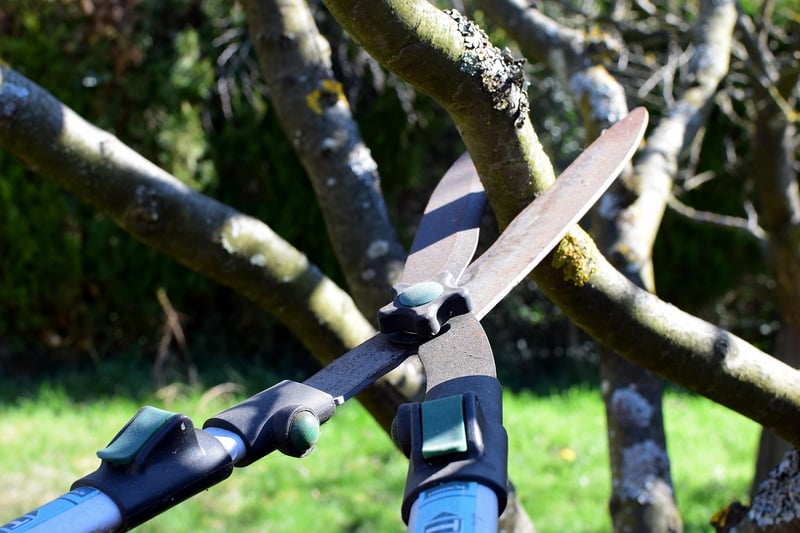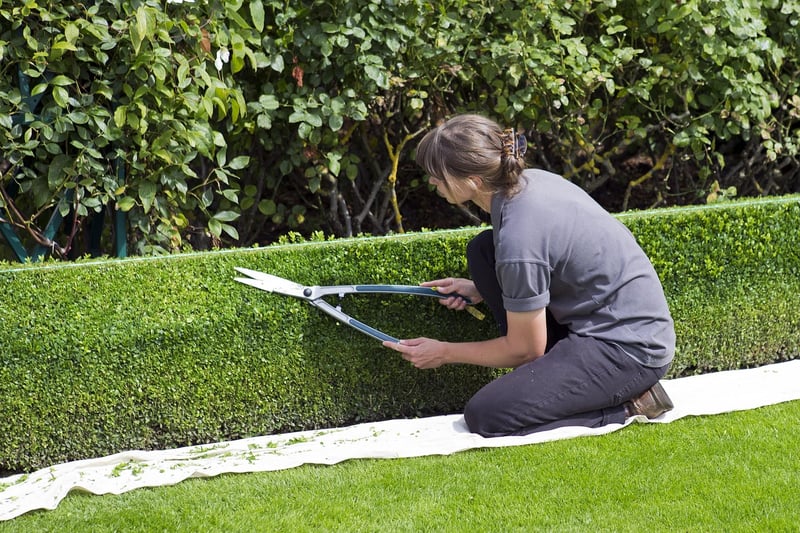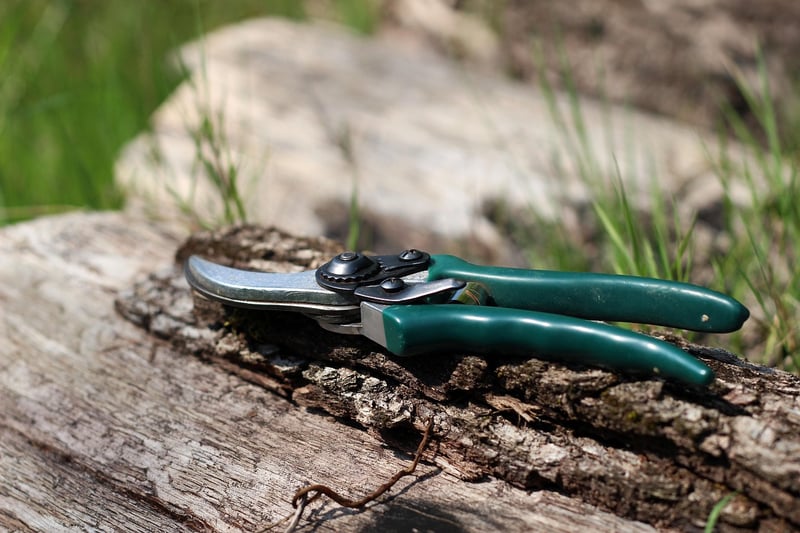Pruning Techniques
Keeping Your Garden Healthy: Essential Pruning Techniques
Having a healthy garden requires more than just watering and fertilizing. Pruning plays a crucial role in maintaining the overall health and appearance of your plants. By using the right techniques, you can promote growth, improve airflow, and prevent disease. Here are some essential pruning techniques to help you keep your garden in top shape:
1. Deadheading
Deadheading is the process of removing spent flowers from plants. By doing this, you encourage the plant to produce more flowers and prevent it from going to seed. This technique is commonly used for roses, petunias, and other flowering plants.

2. Thinning
Thinning involves removing excess growth to improve airflow and reduce overcrowding. This technique is essential for trees and shrubs to prevent diseases and promote healthy growth. Make sure to prune branches back to the main trunk or a lateral branch.

3. Shaping
Shaping helps maintain the desired form and size of your plants. Whether you're trimming hedges or shaping topiaries, regular pruning can enhance the aesthetic appeal of your garden. Use sharp and clean tools to achieve clean cuts and prevent damage to the plants.

4. Rejuvenation Pruning
Rejuvenation pruning is a drastic technique used to revive overgrown or neglected plants. By cutting back the entire plant close to the ground, you stimulate new growth and improve the plant's overall health. This method is suitable for shrubs and some perennial plants.

By incorporating these pruning techniques into your gardening routine, you can ensure that your plants thrive and your garden looks its best. Remember to research specific pruning requirements for each plant species to achieve optimal results.
Happy pruning!
